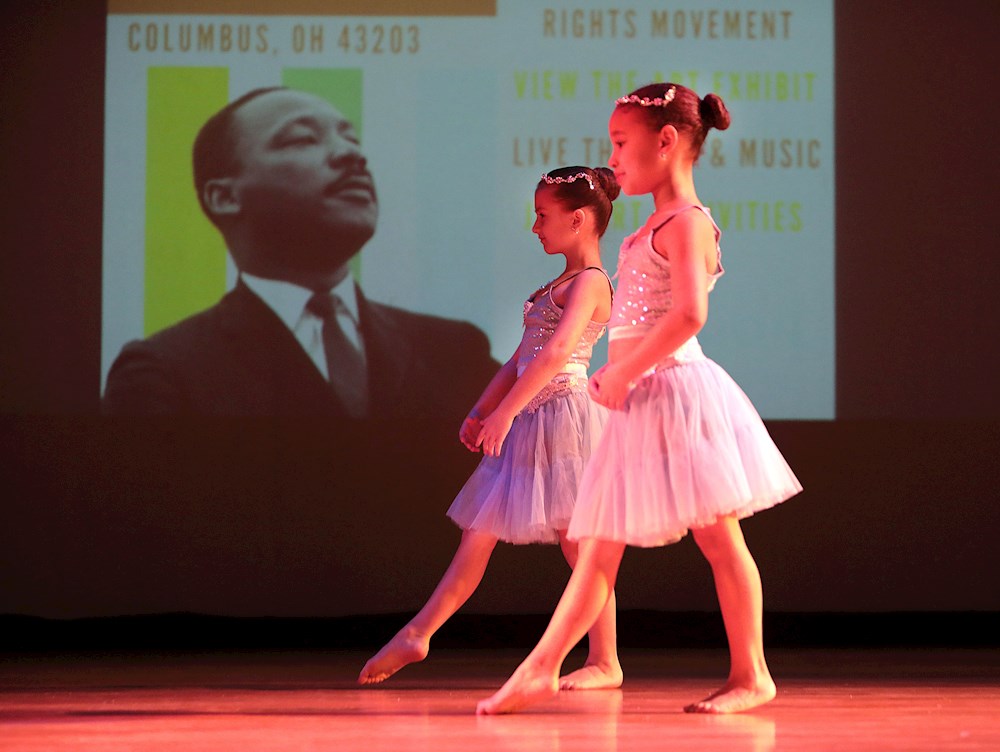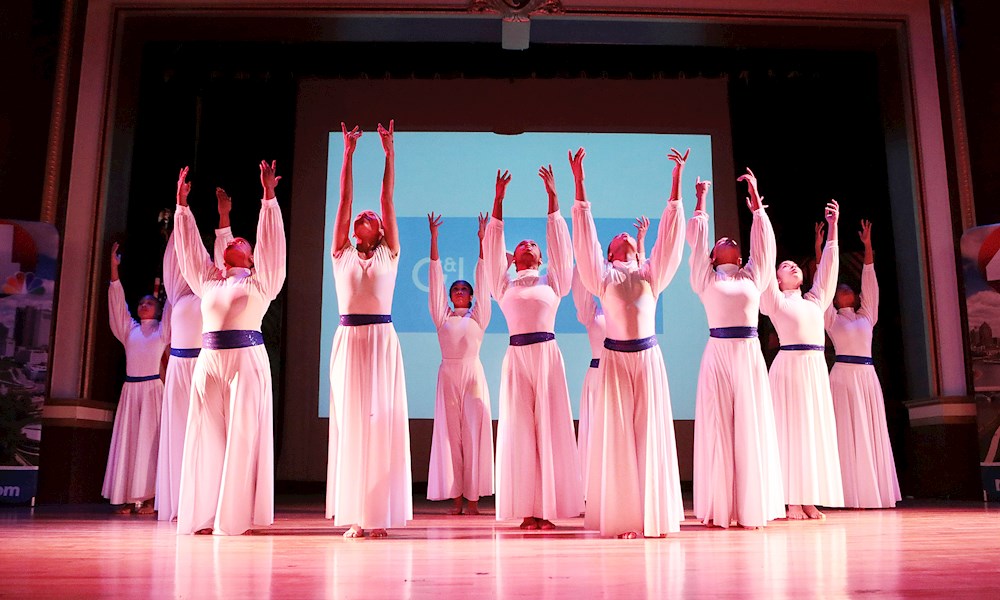- Sector Scan
King Arts Complex Makes a Complete Turnaround
- Posted Mar 17, 2021
When Demetries Neely stepped into the role of Executive Director, many stakeholders and others in the community expected The King Arts Complex to close its doors after years of crippling debt. But Neely had other plans.

Now more than ever, it is important to understand the elements of successful strategies that fuel financial stability for arts and cultural organizations with a mission focused on primarily serving Black, Indigenous, Hispanic/Latinx, Arab American, and/or Asian American communities. In the recently released report, The Alchemy of High-Performing Arts Organizations: A Spotlight on Organizations of Color, we explore the lessons to be learned about relevance and resilience, as well as about community and the unique challenges these organizations face.
In our research, arts leaders emphasized that growth leads to financial stability when organizations show discipline. Financial stability also can be attained by an organization whose growth potential is inhibited by the socioeconomic characteristics of the community it serves through its mission-related work and the limited pool of institutions that share its priorities in serving that community. Despite the challenges, these organizations appear to remain small but mighty when they exercise discipline.
A Spotlight on Financial Discipline: The King Arts Complex
Demetries Neely, Executive Director and CEO
In 2011, when I began as executive director, The King Arts Complex was in a great deal of debt. Stakeholders and others in the community expected our doors to close. After working in corporate operations for more than 22 years and understanding how to run a business, including how to read financial statements, I felt we could turn it around.
The first action was to conduct an internal audit, assess the staff, and establish a baseline in these areas to move forward. Regarding staff, we were top-heavy, and I had to make some difficult decisions to right-size staff. Regarding income, we were lopsided. A disproportionate amount of our funding came from corporate contributions, a much smaller portion was earned income, and an even smaller portion came from individual donations.
The first strategy was to manage expenses. One example is we had a $250,000 line of credit with a 9% interest rate. We turned that LOC into a loan with a 3% interest rate. Today the loan balance is less than $22,000. It is our only long-term debt and will be paid off in December 2021.
The next step was a focus to improve earned income. Simultaneously, we developed new relationships and improved individual donations. Today, income streams follow best practices for nonprofits. For example, earned income is 37% of our total income versus 20% nine years ago.

Lastly, we have a monthly staff retreat to assess programmatic offerings. During the retreat, we assess past/future programs, eliminating duplications or programs that did not/will not reap the intended outcome. In addition, we have established a discipline of conducting a revenue action plan that precedes every program and a SWOT (strengths, weaknesses, opportunities, threats) analysis that follows each program. A precedent to a program moving forward is the program must cover its costs through sponsorships or ticket/concession/art sales. The individual postmortem SWOTs tell us what we will continue, start, or stop.
A strong brand, focus on financial sustainability, aggressively paying down debt, expense management, improvements in earned income, and diversifying streams of income have been critical to the turnaround of the KAC.
Today, The King Arts Complex is a vibrant, fiscally responsible organization whose brand is strong and has great community engagement and benefit.
The Martin Luther King Jr. Performing and Cultural Arts Complex connects community through the arts. We engage central Ohio through performing, cultural and educational programs of high artistic merit that increase and disseminate knowledge regarding the vast and significant contributions of African-Americans to the culture and history of America and the world


